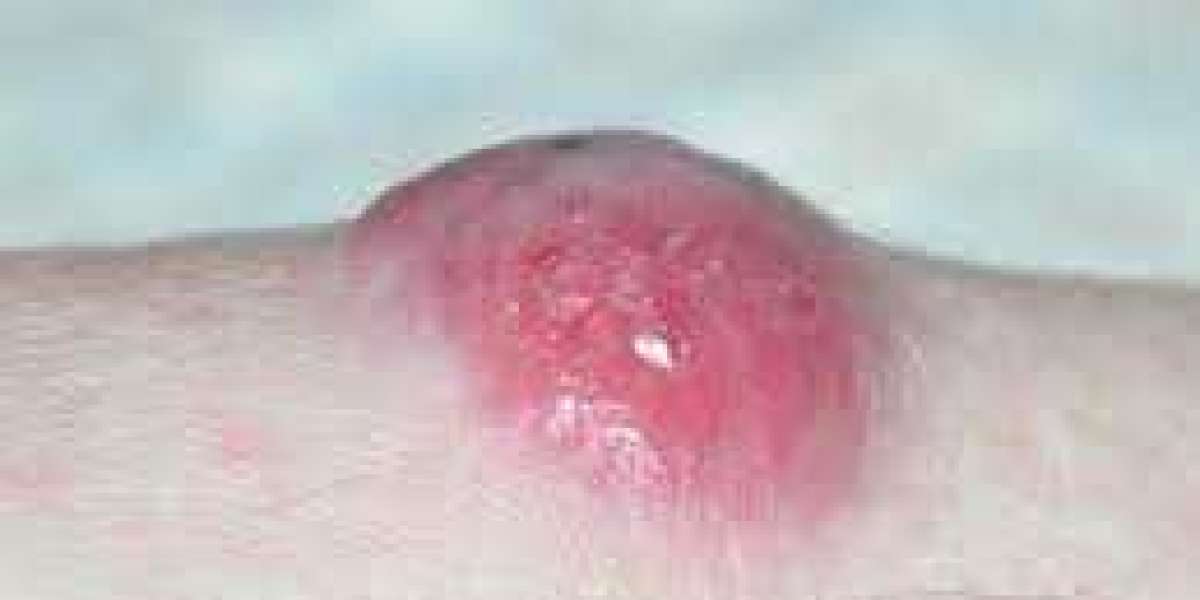What is Toradol Injection?
Toradol injection, generically known as ketorolac tromethamine, is a powerful non-steroidal anti-inflammatory drug (NSAID) used primarily for its potent analgesic effects. It is not classified as a narcotic, yet it delivers pain relief comparable to morphine, making it highly effective for short-term management of moderate to severe pain.
Toradol is typically administered through intramuscular (IM) or intravenous (IV) injection, often in clinical settings such as post-operative recovery rooms or emergency departments. It works by inhibiting the production of prostaglandins, substances in the body that cause inflammation, pain, and fever.
Medical Uses of Toradol Injection
Post-Operative Pain Management
Toradol injection is widely prescribed for post-surgical pain. It is especially valuable in situations where opioid usage must be minimized due to risks of dependence or side effects. The injection offers rapid relief, often within minutes, which is critical in acute care scenarios.
Orthopedic Injuries
Patients with acute musculoskeletal injuries such as fractures, dislocations, or severe sprains can benefit from Toradol’s fast-acting pain relief. Unlike oral medications, the injectable form provides quick onset of action, making it ideal for immediate intervention.
Renal Colic and Migraine Attacks
In emergency departments, Toradol injection is commonly administered for renal colic due to kidney stones and for acute migraine attacks. Its anti-inflammatory mechanism helps reduce the pain and inflammation quickly without the sedating effects of opioids.
Dental Pain and Inflammatory Conditions
Dental professionals may use Toradol injections as an alternative to narcotics for moderate to severe dental pain, especially post-extraction or after periodontal surgeries. It's also used for inflammatory conditions like bursitis or tendonitis.
Dosage and Administration Guidelines
The recommended adult dose of Toradol injection varies based on the patient’s condition, age, and renal function:
- IM injection: 60 mg as a single dose or 30 mg every 6 hours, not to exceed 120 mg/day.
- IV injection: 30 mg as a single dose or 30 mg every 6 hours, not to exceed 120 mg/day.
- Elderly or renal-impaired patients: Lower doses, typically not exceeding 60 mg/day.
The treatment duration should not exceed 5 days, whether in injectable or combined oral forms, due to increased risk of gastrointestinal bleeding, renal toxicity, and cardiovascular events.
Mechanism of Action
Toradol works by blocking cyclooxygenase (COX-1 and COX-2) enzymes, which are responsible for converting arachidonic acid into prostaglandins. By inhibiting these enzymes, the medication reduces inflammation, pain, and fever. Its COX-1 inhibition can also affect platelet function and gastric mucosa, which explains some of its adverse effects.
Side Effects of Toradol Injection
While Toradol injection is effective, it is not free from side effects. Common and serious adverse reactions include:
Common Side Effects
- Nausea
- Dizziness
- Headache
- Injection site pain
- Indigestion
Serious Side Effects
- Gastrointestinal bleeding
- Ulceration or perforation
- Renal impairment
- Elevated liver enzymes
- Hypertension
- Anaphylaxis in hypersensitive individuals
Patients should be monitored for these complications, especially those with a history of ulcers, bleeding disorders, or kidney disease.
Contraindications and Precautions
Toradol is contraindicated in:
- Patients with peptic ulcer disease or gastrointestinal bleeding
- Individuals with renal impairment
- Patients on other NSAIDs
- Pregnant women in labor and delivery
- Patients undergoing major surgery at risk of bleeding
It must also be used cautiously in the elderly and those with cardiovascular disease, as it may increase the risk of stroke or myocardial infarction, especially with prolonged use.
Toradol Injection vs. Oral NSAIDs
While oral NSAIDs like ibuprofen or naproxen are commonly used for pain, Toradol injection is significantly more potent and faster-acting. The injectable form bypasses the gastrointestinal tract, offering rapid systemic relief and avoiding first-pass metabolism. However, this also means it requires careful administration and monitoring due to its higher risk profile.
Toradol and Opioid-Sparing Strategies
With the increasing focus on opioid-sparing pain management, Toradol injection has become a key player in multimodal pain control strategies. It offers comparable efficacy to opioids for certain conditions but without the risk of dependency or sedation, making it a preferred choice in hospitals and outpatient clinics.
Clinical Studies and Efficacy
Numerous clinical trials have validated the effectiveness of Toradol injection in managing acute pain. One study showed it was equally effective as morphine for postoperative orthopedic surgery pain, with fewer side effects. Other studies demonstrate its utility in emergency settings, particularly for renal colic and musculoskeletal injuries, where rapid and potent pain relief is essential.
Storage and Handling
Toradol injection should be stored at controlled room temperature (15°C to 30°C / 59°F to 86°F) and protected from light. Once the vial is opened, it should be used within the recommended time frame, and unused portions should be discarded as per medical guidelines.
Legal Status and Availability
In many countries, Toradol is a prescription-only medication. While it is not a controlled substance, due to its serious adverse effect profile, it is regulated and should only be used under medical supervision. It is available in ampules, vials, and pre-filled syringes, depending on the manufacturer and region.
Conclusion
Toradol injection remains one of the most effective non-opioid pain management tools available today. Its fast onset, high potency, and broad applications make it invaluable in emergency rooms, post-surgical recovery, and outpatient settings. However, its use must be judicious, respecting its contraindications, side effects, and treatment duration limitations.
Healthcare professionals should weigh the benefits against risks, ensure proper patient selection, and adhere to clinical guidelines to maximize the efficacy and safety of Toradol injection.







